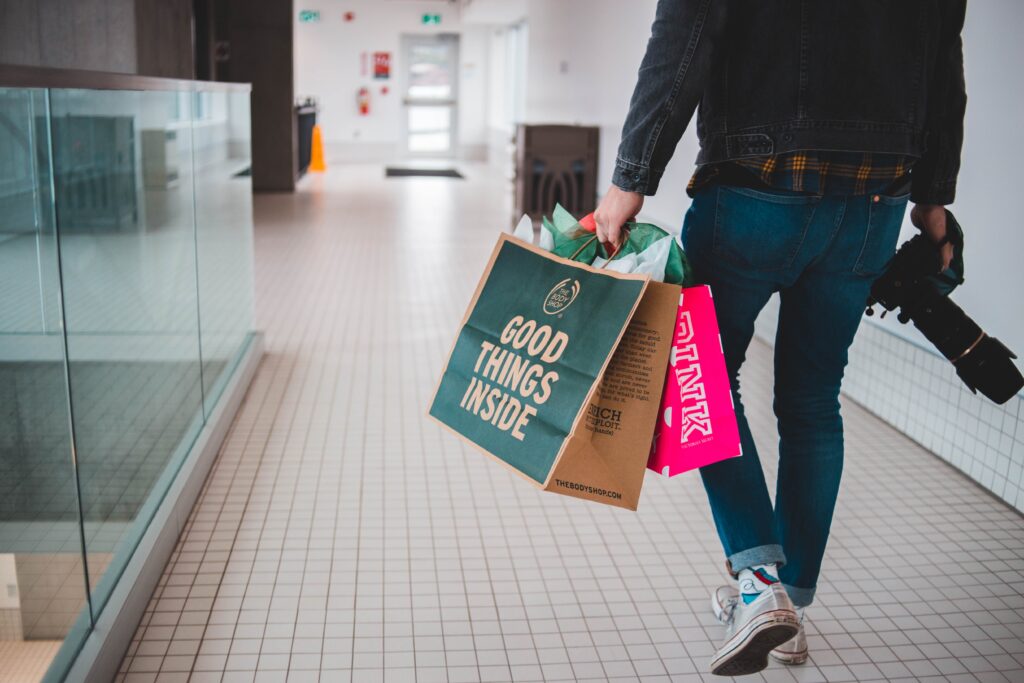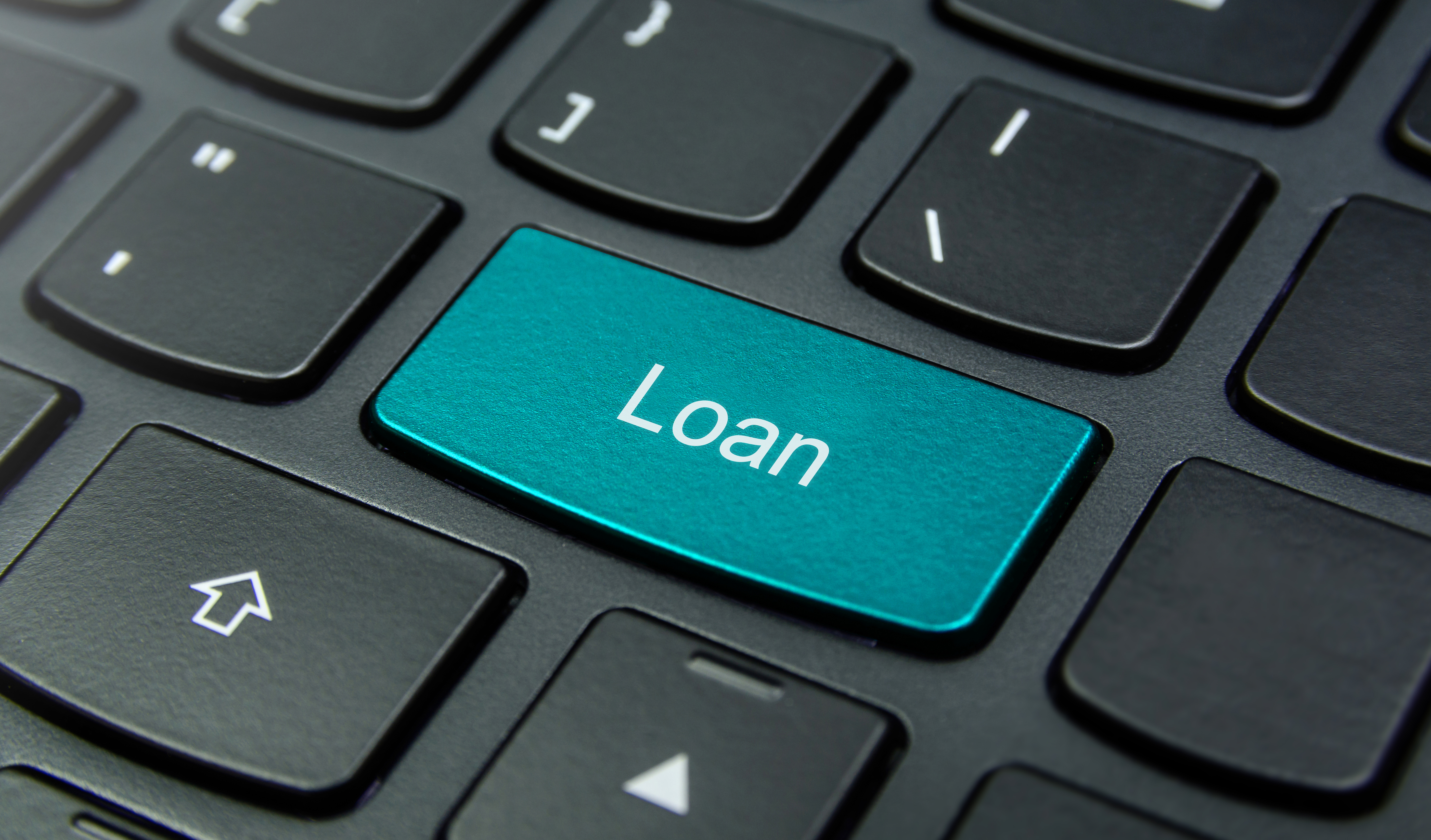Statistics show that Buy Now, Pay Later (BNPL) payment schemes are seeing a real surge in popularity, particularly among young people without much cash or credit history to their name. But can this rate of growth be sustained, and will the BNPL industry continue to develop into a serious credit force in the future, or is it merely a fad? Read on to find out.
The Basics of BNPL
As the name suggests, Buy Now, Pay Later is a payment method that revolves around one key concept: buyers get the item or service they need right away, but don’t have to pay for it until later on. Instead, they pay gradually, with small installments at set intervals (like every two weeks, or every month).
Of course, this is not a new or novel concept. In fact, decades ago, department stores and mail catalogs often enticed customers with the prospect of buying desirable items and paying in “easy installments” over a set period of time.
However, even though BNPL is nothing new, the system has really started to take off in recent years, as more and more big-name brands and websites team up with BNPL providers to offer this payment option to their customers.
An Example
Here’s a quick example of how BNPL works:
- A student named Rob is looking to buy a new laptop and has a maximum budget of $400.
- Rob finds a laptop that fits his needs perfectly, but it’s over-budget at $600. However, the site offers a Buy Now, Pay Later system, allowing him to pay for his purchase with four monthly payments of $150, instead of having to pay the full $600 right away.
- After calculating his monthly budget, Rob realizes he can afford the monthly payments, so decides to buy the $600 laptop with BNPL. The store he buys from gets the full payment price right away, with a small fee deducted for their BNPL provider, and he has four months to pay it off.
The Advantages of BNPL
One of the best things about BNPL, and one of the reasons why this payment system is believed to have such a strong future among analysts, is the fact that it offers big benefits for both customers and merchants alike.
Customers get the benefit of being able to buy products that may not usually fit within their budget, for example, allowing them to access higher quality goods and pay for them in a more flexible and convenient way, without falling back on credit cards or worrying about interest rates.
Plus, many consumers find it much easier to manage smaller, separated monthly or weekly payments when buying something big, as opposed to handing over a huge chunk of cash right away. The appeal of this service is particularly important for younger people who are still building up their savings and don’t necessarily have a large amount of disposable income.
Merchants, meanwhile, are able to make more sales by offering BNPL as a payment option, as it opens up their products and services to a wider range of people who may not otherwise have been able to afford shopping with them. And as the audience of potential buyers increases, sales and profits can also start to rise.
Not only that, but studies also show that BNPL can lead to higher average order values and stronger conversion rates for retailers, too. Plus, since BNPL applicants don’t usually need high credit scores to qualify for this payment method, it’s very widely accessible for all, unlike credit cards and loans with strict checks and limitations.
WIth so many benefits, it’s clear to see why BNPL has become such a serious force in current times and stands to become even more significant in the years ahead. It provides a wealth of advantages not only for consumers, but also for merchants, offering a win-win situation for all.
The Growth of the BNPL Industry
Thanks to its unique advantages, it’s no surprise that BNPL is one of the fastest-growing payment methods of all. In fact, statistics show that the industry is growing at an impressive rate of 26%, estimated to reach close to $40 billion in value by 2030.
And as the demand for BNPL rises, more and more retailers are getting in on the action and teaming up with leading BNPL firms like Affirm, Afterpay, and Klarna. This includes major retailer giants like Amazon, Walmart, and Target, and there’s a lot of diversity in terms of the companies choosing to offer BNPL payments, from arts and crafts marketplaces like Etsy to sporting brands like Adidas.
Across the industry, various statistics and figures point to a rise in demand for BNPL. Downloads of BNPL apps are massively on the rise, for example, and surveys show that many customers favor BNPL payments, for a diverse range of reasons.
Not only that, but many new start-ups and trailblazing fintech brands are taking the concept of BNPL even further. TaryaFintech, for example, leads the way in BNPL 2.0, taking the concept one step further with the creation of Live Now, Pay Later (LNPL), allowing people to access and enjoy experiences and lifestyle improvements immediately and pay for them later on.
Despite these promising signs, it’s not all smooth sailing. In recent times, Klarna had to lay off hundreds of employees and the value of certain BNPL providers has taken a hit due to widespread economic issues that have led to reduced spending and more wariness for customers in certain markets.
The Bottom Line
So, what can we take away from this analysis of BNPL, and could this truly be the credit choice of the future? Well, for now, the BPL industry is still in its infancy, with a lot of room for growth, evolution, and expansion in the years ahead.
There are certainly some challenges and issues that need to be ironed out, but there are also many encouraging signs and a consistent level of demand for this kind of payment option. And with so many younger people, in particular, growing up with BNPL as a part of their lives, we can expect this industry to continue to grow and prosper in the years ahead.



